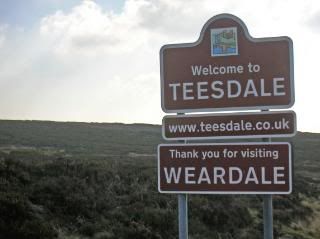
The people of County Durham like to think of themselves as somehow unique. Probably descended from the ancient Britons who inhabited the Pennine Mountains, the Geordie people are as sturdy and independent as their forebears. Most are from working class stock; farmers before the industrial revolution, miners and shipworkers after it.

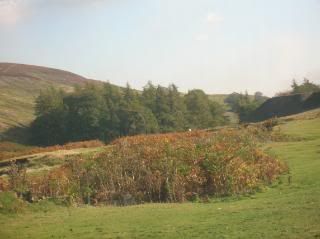
Despite facing many hardships through the centuries, they see themselves as somehow blessed, and as living in an uncommon and beautiful area. The Durham worker, unlike his or her counterparts in big cities such as Manchester or Sheffield, is still a village dweller at heart, with open rural lands and mountains at the door.
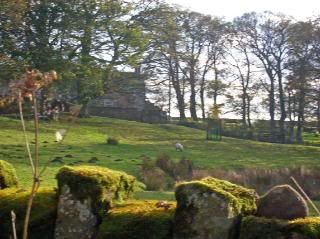
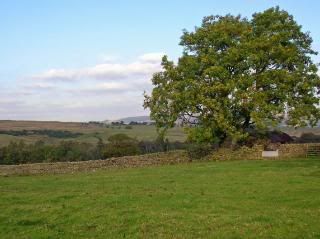
It is from this land of contrast, in villages high in the Pennine mountains, that Elizabeth’s family, the Raines, originate. Traditionally farmers and agricultural labourers, their livelihoods were threatened by the enclosure of common rural pasture by the aristocratic owners. This took away the self-sufficiency of many of the village people, including the Raines, who were forced from their mountain homes to live in crowded towns and to seek work in the mines and other industries. The loss of land, health and the lack of opportunity were thus the motivating forces that then encouraged many young families to emigrate to Australia, which explains why Elizabeth is a 4th generation Australian Raine.
The Raines originally come from Romaldkirk, which is a small stone village in the heart of the Northern Pennines, and home to the parish church of many centuries of Raine families. The church and village of Romaldkirk are named after Saint Rumwald of Brackley, also known as Rumwold or Rumbald of Buckingham.
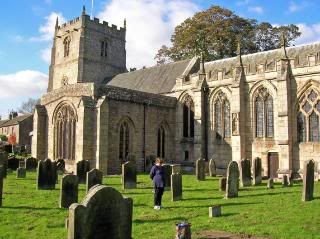
The church has existed at Romaldkirk since Saxon times. Things changed in the south of the country when William, Duke of Normandy, led a successful invasion of Britain in 1066. Just a few years after this “Norman Conquest” the North of England was overrun by the Scots under their king Malcolm Canmore. Many villages were destroyed, and it seems likely that Romaldkirk and much of the existing Saxon church were pulled down at that time. This explains why in 1086 the Domesday Book Commissioners had to report, “There is in Romoldscherce one carucate of land of the geld and there may have been two ploughs. Torfin held it, now Bodin holds it and it is waste...”.
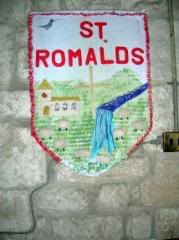
Rebuilding of the church was begun in the twelfth century, and one may assume that the inhabitants were rebuilding their homes at the same time. A survey made in 1306 suggests that by then the region was again prosperous, but in 1340 or thereabouts it was apparently laid waste once more by the Scots. The church appears to have been spared on this occasion, and a valuation of church property carried out in 1535 by Henry VIII indicates that the village was again flourishing in the sixteenth century.

Romaldkirk has recently become a Conservation Area, as governments and organisations have recognised its historical value and the need to preserve the village’s heritage.
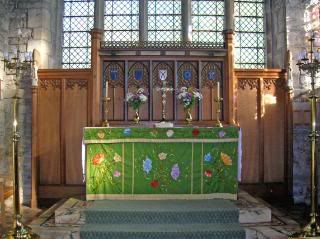
Saint Romald was allegedly born in King’s Sutton, Northamptonshire, around 650 AD. He was said to be the maternal grandson of King Penda of Mercia, and the son of a Pagan prince of Northumbria.
An eleventh century legend relates that the three-day-old prince pronounced the Christian Creed loudly immediately after his baptism, preached a sermon on the Holy Trinity and the need for virtuous living, and then died. Another version of the tale maintains that immediately after his birth he cried out in a loud voice, “I am a Christian”, and then he ‘made a noble sermon with marvellous good eloquence’. It is nice to think that the patron saint of the Raines was such a child prodigy!
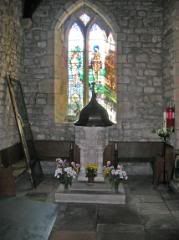


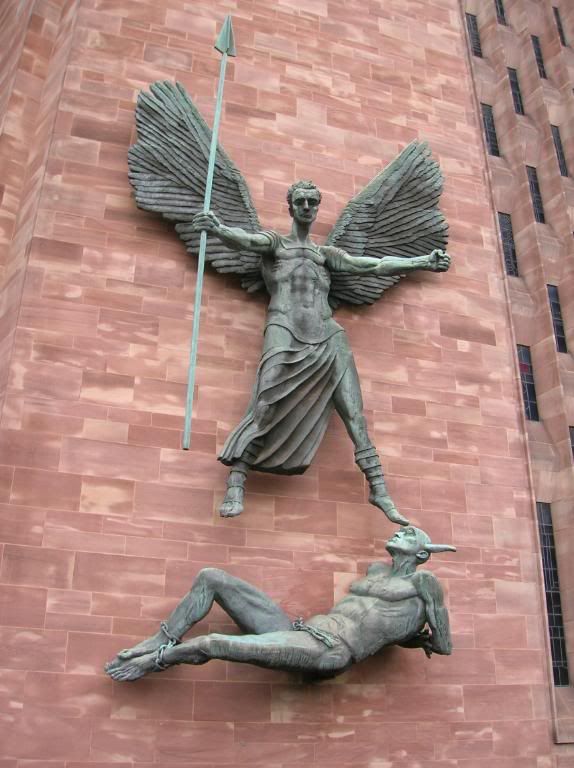

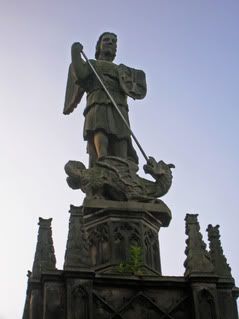
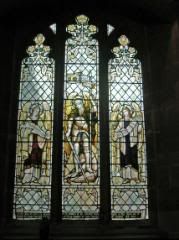
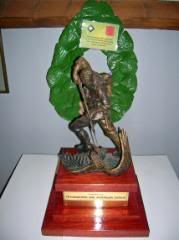


1 comment:
My Great Grandfather Valentine Raine from Laithkirk is father to Alice Raine (my grandmother). Their family was in this area for many generations. Mainly occupied as gamekeepers on the large estates.
I emigrated to Australia in 1971 and I am researching the family tree. This blog is brilliant and the photographs of the area are terrific.
Post a Comment